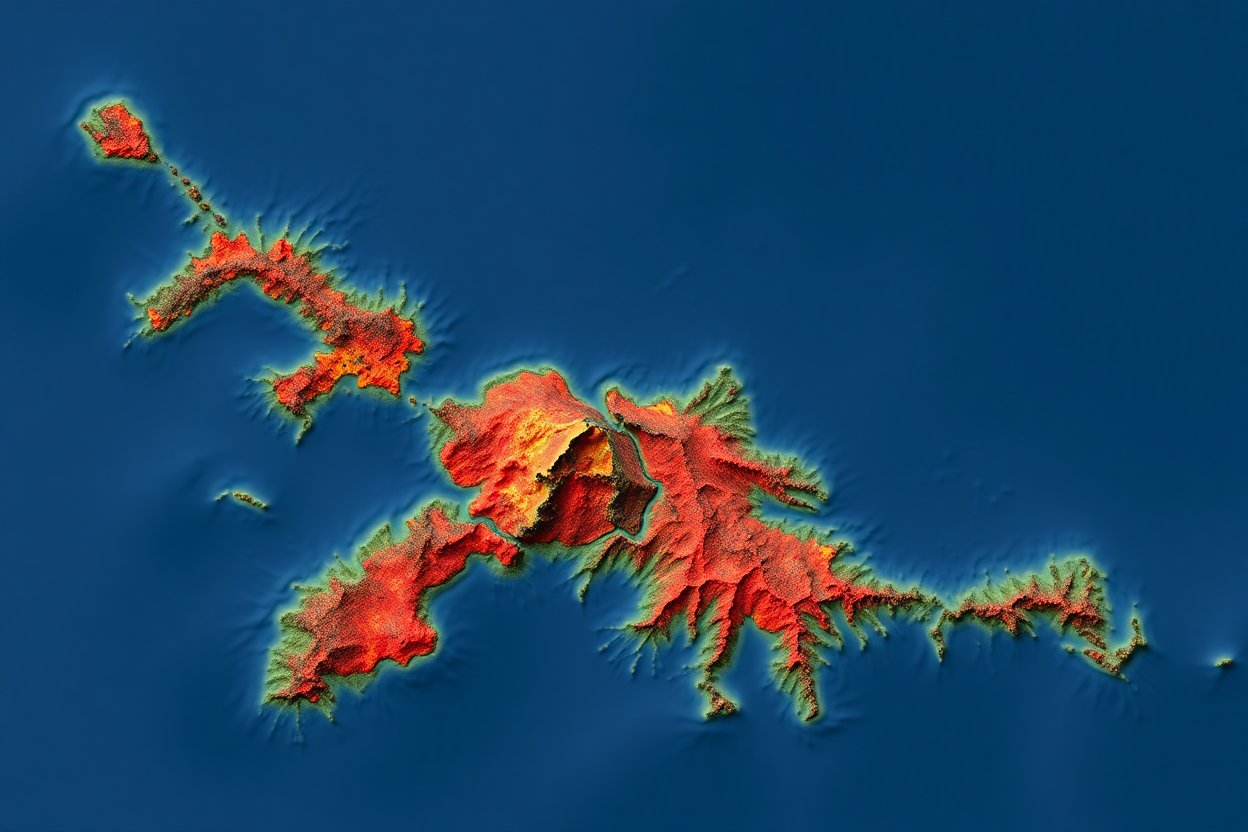Hurricane Season New Updates and Strategies for Enhanced Preparedness
This season, new models will be introduced, which are supposed to improve hurricane intensity forecasts. The National Hurricane Center (NHC) director, Dr. Michael Brennan, has made it clear that the start of the season in 2025 will be an exciting one with lots of changes to be expected. The time has come to update how meteorologists track and respond to tropical storms.
The hurricane director relayed, “It is not just about the ground observations anymore, but we have to include satellite data and aircraft reconnaissance to make forecasts more accurate.” Meteorologists will have access to more diagnosis and prognosis tools. Artificial hurricanes and other weather extremities are likely to be showcased through the new models.
Furthermore, in discussing the unveiling of the new tools, the assistant manager pointed out the necessity for a compact and brief warning message at the right time. Over many years and along with much experience, this facility has developed a set of models that constitute the foundation of this work. However, the one key flaw in hurricane modeling where unforeseen rapid erratic intensifications can ignite has not yet been addressed.
The consequent increase in computational models will aid the understanding of the nature and location of these storms. Secondly, kamikaze boosters give you a similar user experience to that of the National Hurricane Center while adding new capabilities. The NHC’s forthcoming partnership with local authorities, such as the local government and private companies, will drive the effectiveness of education to the public. One of the main reasons for this communication strategy is to ensure that the people who need to be evacuated and other critical information reach those areas quickly and efficiently, especially in remote or underserved areas.
Moreover, the most contented change is the ground-up approach, which is at the local level; hence, it will be featured in the emergency plans of the most affected communities. Polar ice caps melting and inundation of coastal settlements cause the vulnerability of these areas as well.
These are hazards that Katrina showed affected New Orleans and those in it. To counter that, the communities on the frontlines are charged to host more drills and make their infrastructure more impervious to the forces of nature. As Brennan has contended, the hurricane genesis process entails that hurricanes are random, but early planning can significantly moderate the losses.
By the time the hurricane season is announced in June, the NHC will have already conducted preparedness campaigns for several months, including reviewing the emergency plans, storing supplies, and acquiring crucial information. “People should never wait until a storm is at their doorstep to get ready for hurricane season,” he stated.
These new strategies, in combination with better knowledge of storm behavior, are expected to be successful during the 2025 hurricane season. The National Hurricane Center has constantly improved with the latest facilities so that the region’s people remain advised and prepared as tropical storms develop and intensify. The alteration is a way for disaster management mechanisms to be updated as well, not only to save lives but also to cut economic damage during the recurring period each year.


